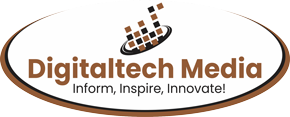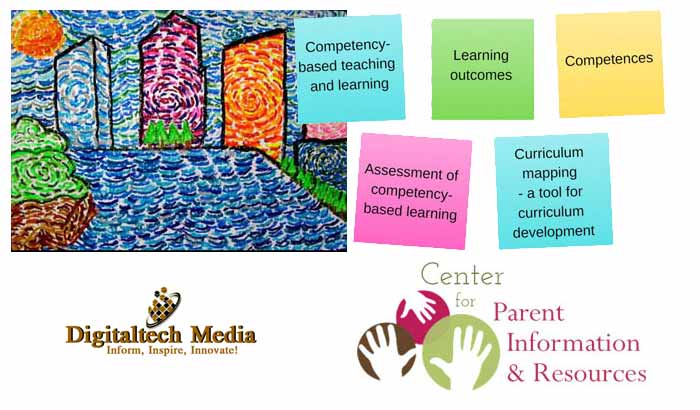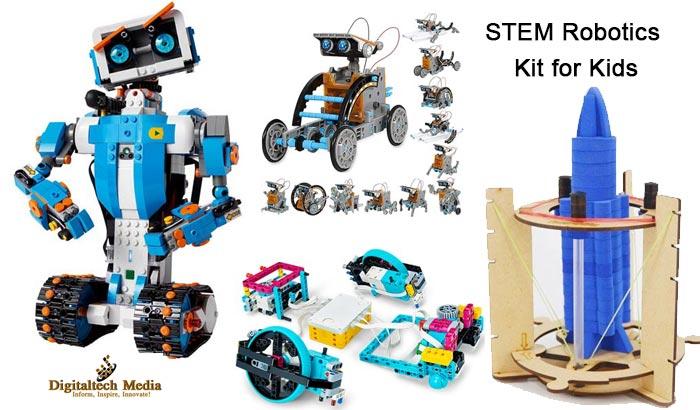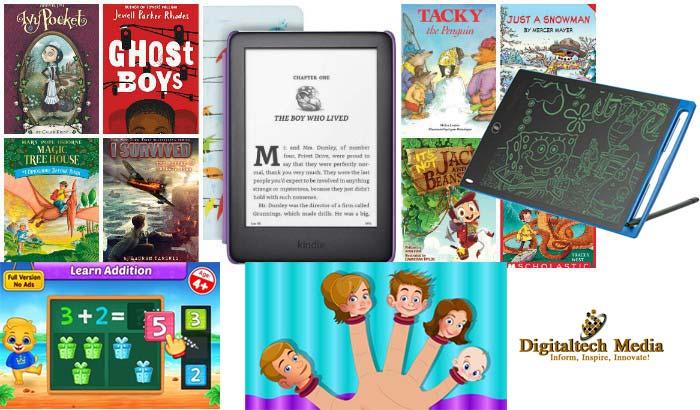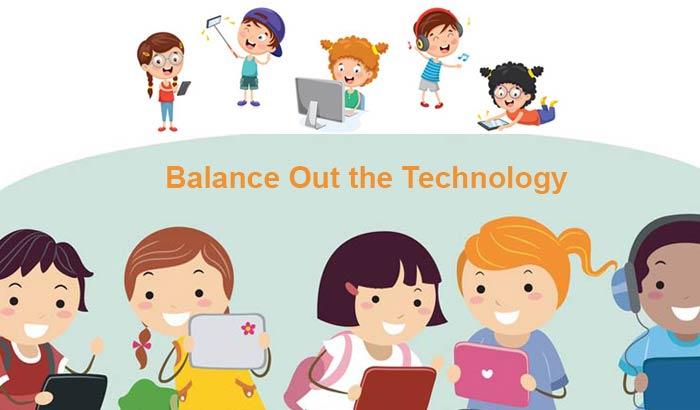E-learning or online learning is the latest widespread implementation in education from kindergarten to high school. Though educators and students were enthusiastic about starting the new academic session, they had to adopt e-learning methodology due to the unprecedented crisis. E-learning may not be everyone’s cup of tea. Some look at it pessimistically while others see an opportunity to reinvent the face of education. The educators and facilitators are developing a new e-learning curriculum for virtual school. However, it is necessary to evaluate how e-learning is affecting curriculum development in schools.
Art-integrated Programmes
The new addition to the school curriculum is the art-integration. Educators are skillfully weaving art-integrated programmes with the academic curriculum to create interested and involved students. Art-integrated educational programmes have evolved to cater to students from strugglers to the high achievers. Furthermore, educators have added art-integrated programmes so the students can derive the fun quotient from the monotonous curriculum. The new curriculum is making an impact on students to develop problem-solving skills, critical thinking, perseverance capabilities, and focus on personality construction.
Competency-Based Curriculum
A multi-dimensional e-learning curriculum engages and instructs students to challenge themselves with the competency-based curriculum. The educators recognize each student as an individual and assume that each child learns according to his or her capacity at their pace. Furthermore, each has a unique skill that might vary from others. Thus, the competency-based curriculum is curated to refine each individual’s potential. The effect of this approach is to build successful participatory members who can go beyond reproducing textual knowledge. The implementation of a competency-based curriculum is to bring about a positive outcome. It’s objective is to derive student and teacher satisfaction by imparting quality education and building healthy interpersonal skills among student-teachers.
Reduced Curriculum
E-learning has a few limitations and implications. E-learning has affected the school curriculum significantly by revising and reducing it by a whopping 30%. The revised curriculum is no surprise to teachers and students since online teaching is prescribed to a maximum three hours. Furthermore, the guidelines for primary class hours are axed to prioritize children’s mental and physical health. The pruned digital screen time will make it impossible for teachers to complete the vast syllabus. Thus, the contracted curriculum was the most welcoming approach for the current academic year.
Increased Parental Responsibility
The culture of online education has diverted the responsibility of education from teachers to parents. Parental supervision has increased ten-folds to ensure that their ward is attending virtual school and maintaining cybersecurity.
Conducting Tests and Exams
The online assessment is a new feather in the cap of e-learning methodology. The traditional pen-paper test has given way to the online evaluation. Quality assessment is a reinforcement of learning outcomes. Several software is equipped to evaluate accurate results instantly. However, the system cannot assess the authenticity of children’s honesty.
The above factors have extensively influenced the modality of education and affected the academic calendar severely. Since calling students back to the traditional classroom is a distant dream, the educators have curated an e-learning curriculum for distance education.
